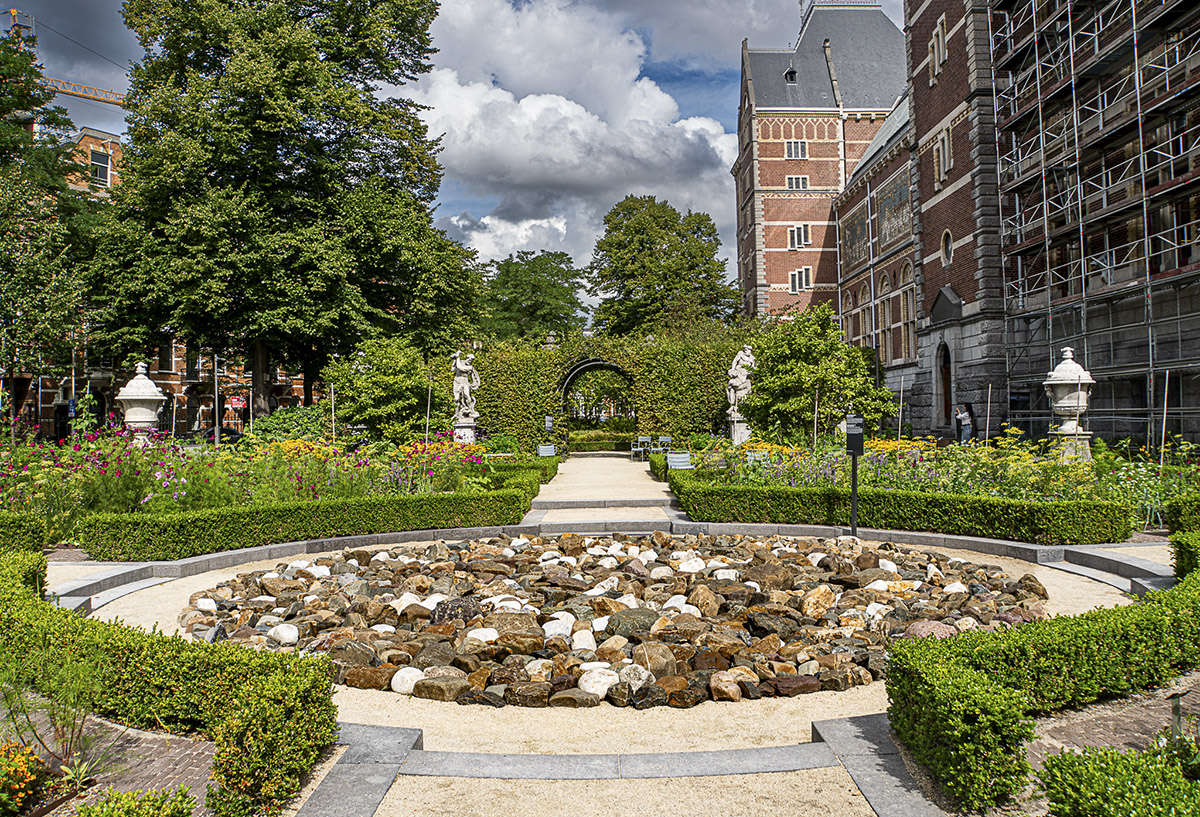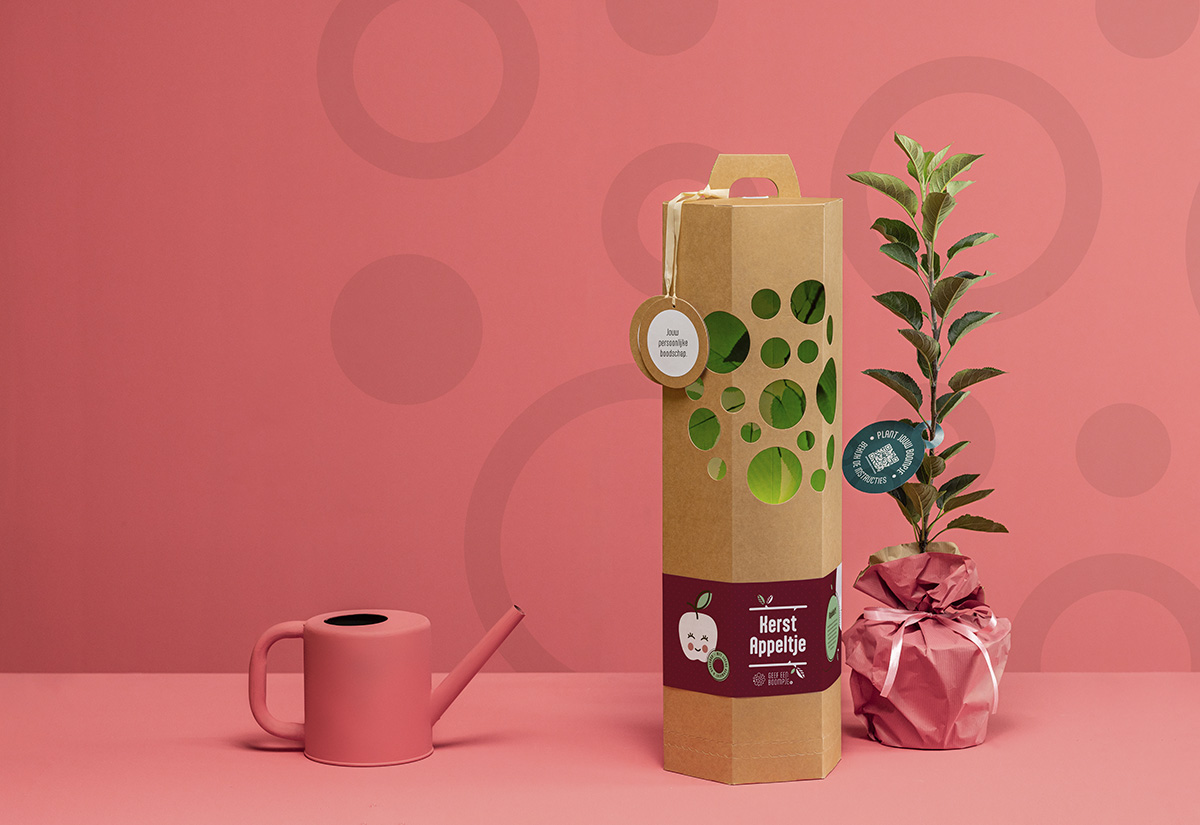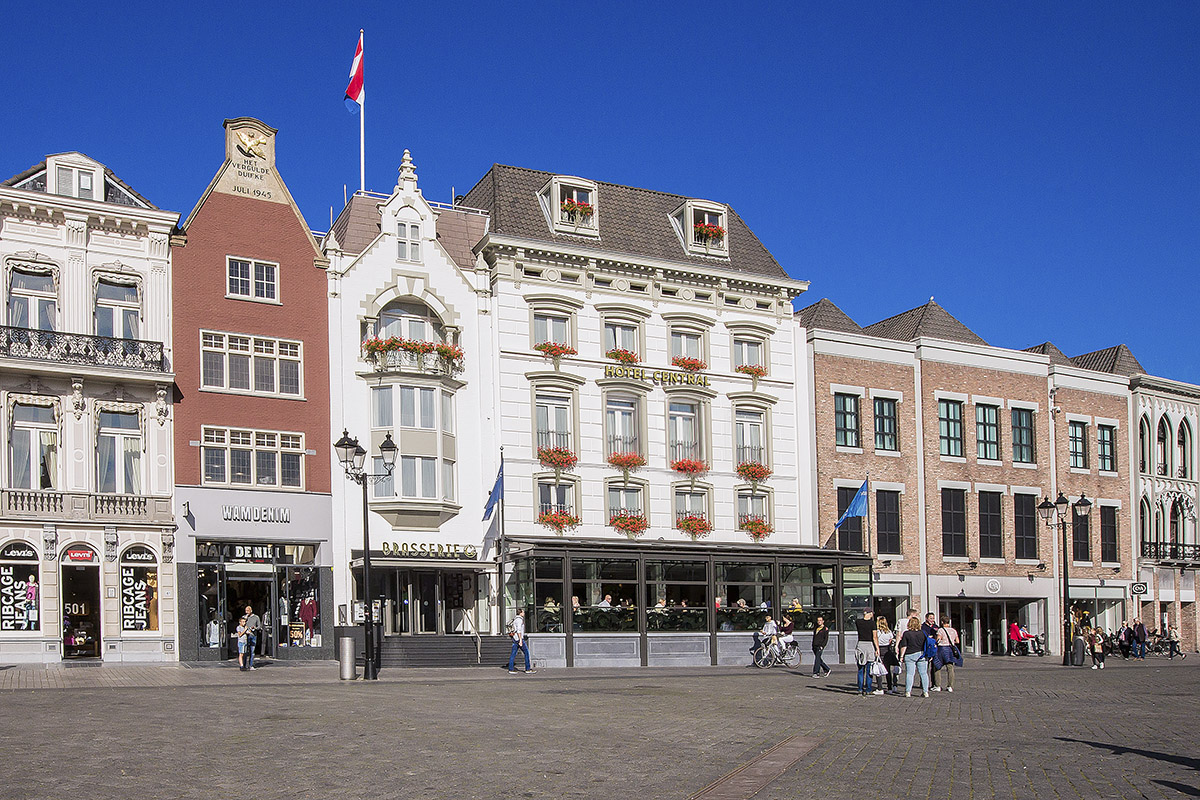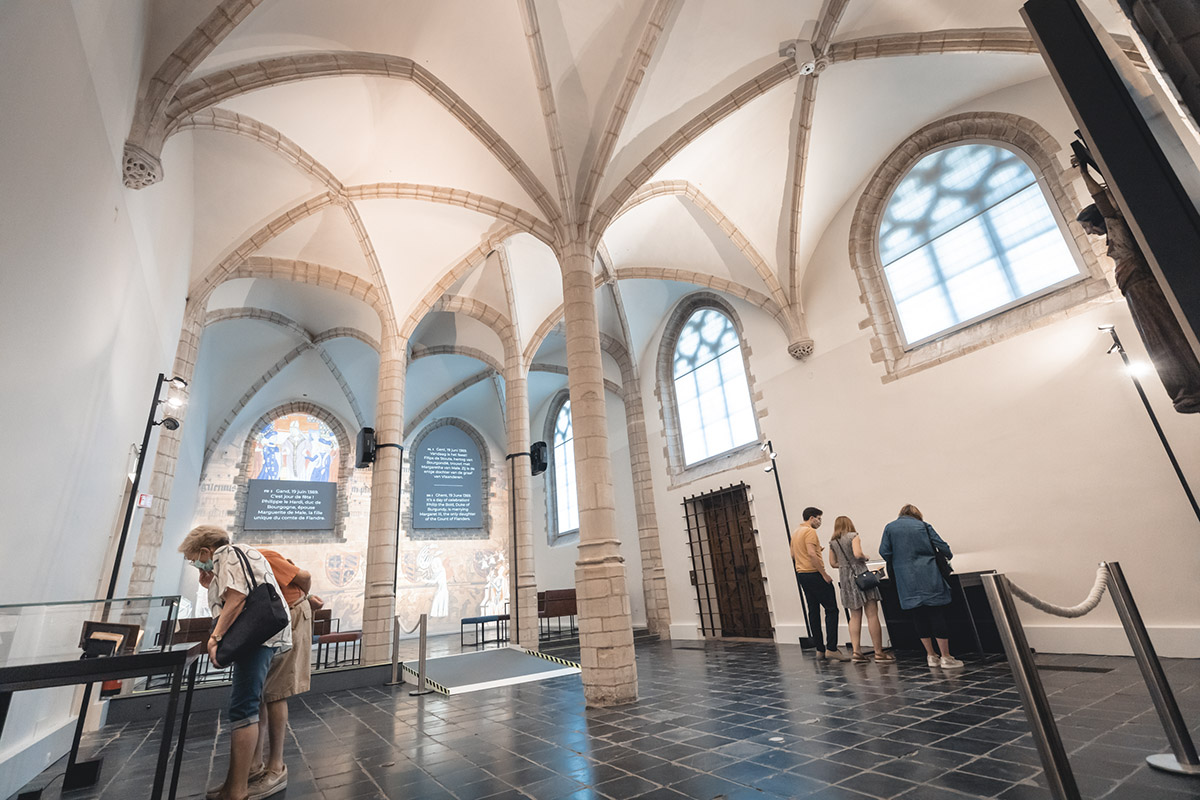Tiësto: The king of electronic dance
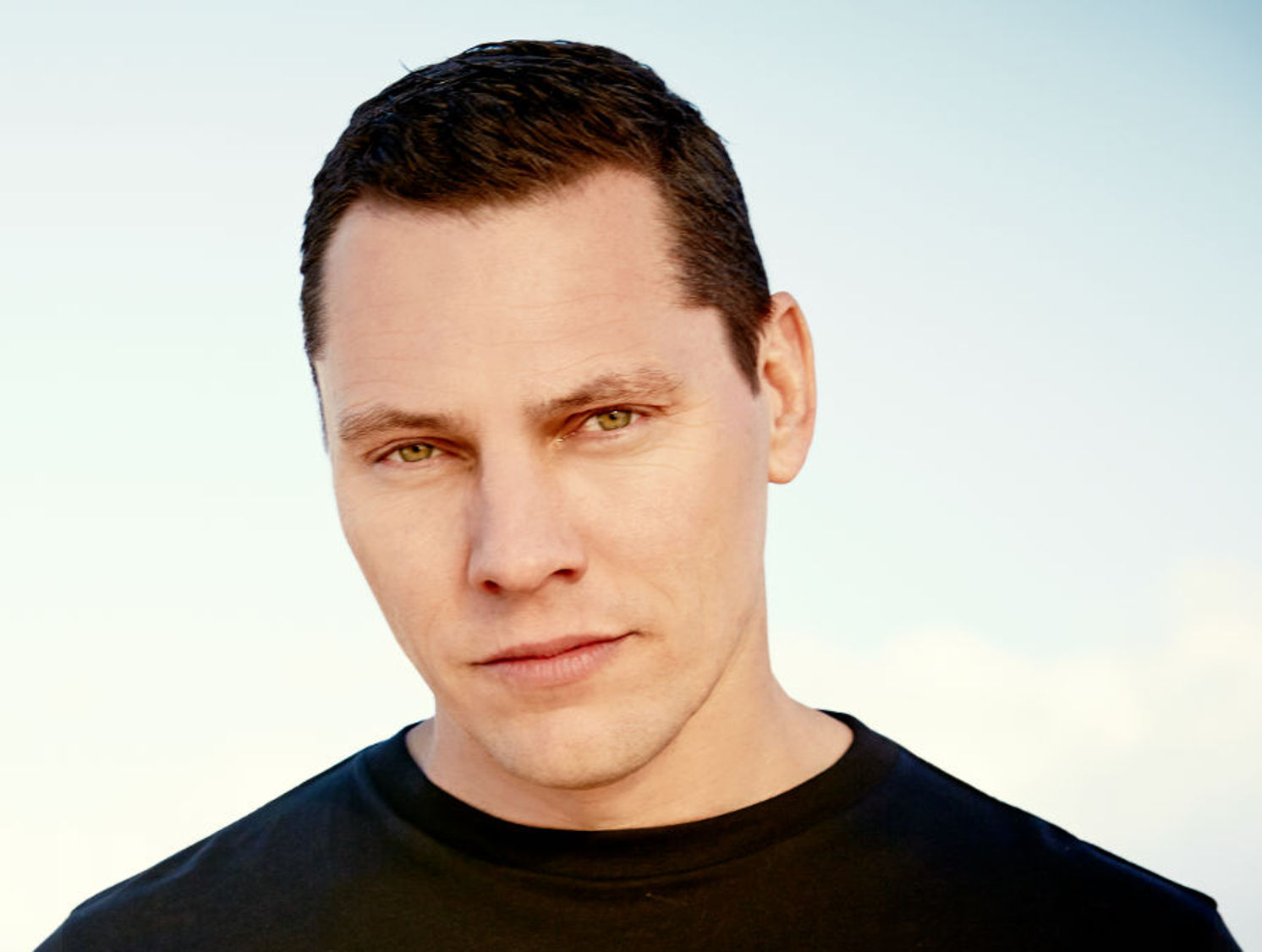
Dutch DJ and producer Tiësto is a true international phenomenon. With a career spanning 20 years, he is a veteran in the electronic dance music scene but is still relevant today as ever before. Somewhere in his busy schedule, in between playing for stadium audiences and producing the next club hit, he found a slot to speak to us.
The DJ certainly has a CV to be proud of, he has won numerous awards, including a Grammy, works with superstar DJs and artists to produce one club hit after the other, was voted number one DJ in the world several times and even has a wax statue at the Amsterdam Madame Tussauds.
Tiësto, a name derived from his real name Tijs verwest, showed an interest in music when he was a teenager. He played some of his early sets in a club called Sprock in his hometown of Breda, in the south of the Netherlands. During these years he mostly played hardcore/gabber, New Beat and acid house music, but slowly started to develop his own sound as well. He was soon discovered by label manager Arny Bink and in 1997 the duo started their own label Black Hole Recordings.
After releasing successful compilation albums including the Magik series and the Ibiza-inspiredIn Search of Sunriseremixes, Tiësto decided to produce his own songs. This lead to the release of his trance debut album In My Memory in 2001 which contained several major club hits. From there his career took flight. A year later he was voted the number one DJ in the world by the leading DJ Magazine, and held on to that spot for three consecutive years.
Looking back over on those early years, Tiësto doesn’t seem to long too much for the bygone days as he reflects on what has changed since then. “So many changes and most of them have to do with making things easier and more efficient. Producing music is now capable outside the studio, DJs can now travel without having to worry about losing records. Fans no longer have to go to the store to buy music and can get what they want with the click of a mouse. That being said, sure there are things I do miss about the past but it’s important to realise that dance music has grown so much and these technologies are key to its growth.”
A pioneering DJ
Gaining ever more momentum, Tiësto became the first DJ to hold a solo concert in a stadium, playing for a crowd of 25,000 people in Arnhem, the Netherlands, in 2003. This performance paved the way for DJs to become today’s musical superstars and helped to bring electronic dance music into the mainstream.
Tiësto is very level headed when asked about his pioneering role. “Sure, I definitely think I played a role but it’s not just one thing. A lot of dance artists started to produce for big pop acts and once those songs smashed radio, that had a lot to do with dance music breaking through. Then it was sort of the perfect storm – the music really spoke to the younger generation and it was something they could have for themselves. It took off to where DJs were
now playing stadiums and arenas (I played at the Staples Center and Home Depot Center in Los Angeles) and festivals popped up everywhere.”
Certainly Tiësto’s own career took off when, shortly after releasing his second studio album Just Be, he was asked to perform at the 2004 Athens Olympic Opening Ceremony. He was the first DJ to play live on stage at the Olympic Games to an audience of billions. The album’s singles were also storming the charts, which included Traffic, Adagio for Strings and Love Comes Again.
Style evolution
He kept his momentum going with the release of Elements of Life in 2007. The trance album with influences from rock, pop and experimental music was nominated for a Grammy Award in 2008. Tiësto’s style continued to evolve when he produced Kaleidoscope in 2009, which featured artists such as Calvin Harris and Nelly Furtado. Breaking away from his earlier trance work, this fourth studio album explored other electronic genres and was released by his newly created record label Musical Freedom.
Tiësto thinks that his ability to adapt and progress musically has helped him to stay relevant during his career spanning two decades. “I think I’ve been one to embrace the need to evolve and not get stuck using the same formula over and over again. I like a lot of different dance music and I will play whatever I like in my sets.”
Continuing his evolution, last year he released his most pop-oriented album, A Town Called Paradise, featuring the hits Red Lights and Wasted. The real highlight of the year was when Tiësto won a Grammy Award for his remix of John Legend’s All of Me. We wondered if there was anything left on his professional bucket list. “If you asked me this question a year ago I would have answered ‘win a Grammy’, so it’s pretty amazing for that to come true. I also heard some of the songs from A Town Called Paradise on mainstream radio which is amazing. I’ve been blessed so I can’t think of anything else at the moment that would be on my bucket list,” he says.
Whether or not he will continue his more mainstream sound or move to another style entirely in the future, he isn’t sure about yet. “It’s just so hard to say because, especially these days, music is moving so fast. It’s always going to be dance music to the core, but I have no idea what my next album will sound like. It’s all about what I’m into at the moment.”
Fostering talent
Tiësto is not the only talented DJ that the Netherlands has produced. Names such as Armin van Buuren, Afrojack, Fedde le Grand and Ferry Corsten have been amongst the world’s top for many years. Tiësto explains why he thinks his home country is such a fruitful breeding ground for DJs. “Dance music is part of our culture. The government is positive about the music and we all grow up on dance music from a young age. With this influence it makes sense there would be a lot of top Dutch producers.”
But Tiësto himself also has a role to play in fostering talent, as he has helped to promote both Dutch talent such as Hardwell and more recently Martin Garrix to an international audience through collaborations, as well as DJs from other countries including the Swedish Avicii. We asked what he thinks sets them apart. “There are certain intangibles these guys all have. They are awesome DJs and producers but they really connect with the crowds in a way that few others are able to. It’s natural and that’s what makes them great.”
No day is the same
With his impressive career, life is still hectic for the 46-year-old as he walks us through what a normal day looks like for him. “Ah, there is no average day,” he replies. “Sometimes I’m boarding a plane, other times I’m waking up in a hotel but usually it’s something fast and on the go that I’m doing; especially in the summer when there are a lot of festivals.”
While flying all over the world and playing residency sets in clubs such as Hakkasan in Las vegas and Pacha in Ibiza, coming back to his home country is still something he cherishes. “It’s very important,” he says about returning to the Netherlands. “I will play two big shows there in October at Amsterdam Arena. Can’t wait.”
Talking about how he prepares for a big show, he adds: “The one thing that is fairly routine is the pre-show ritual. I will always go for a bite to eat before the show and arrive to the venue a bit before my set so I can relax with a drink. I try to unwind and relax. It’s so important because once I hit the stage the adrenaline rush is unbelievable.”
His busy, jet setting lifestyle does take a toll on his private life as it’s sometimes difficult to balance that with his work. “It’s hard because there are many facets to my career – my shows, my songs, my label and partnerships I’m involved in. But it’s always important to take time off. I always allow myself time each month to rest.” But despite that, and the fact he is now in his mid-forties, there are no signs that Tiësto is planning to slow down. “Nah, I’m so used to this lifestyle and I love it!”
Finally we ask what song he will be listening to this summer. Never shy of a bit of self-promotion he responds: “I just revealed a brand new collaboration with the Chainsmokers called Split (Only U) at Ultra Europe and that one is catching fire. It’s out in August on my Musical Freedom label.”
TEXT: MYRIAM GWYNNED DIJCK | PHOTOS: FRANCESCO CARROZZINI
Subscribe to Our Newsletter
Receive our monthly newsletter by email
